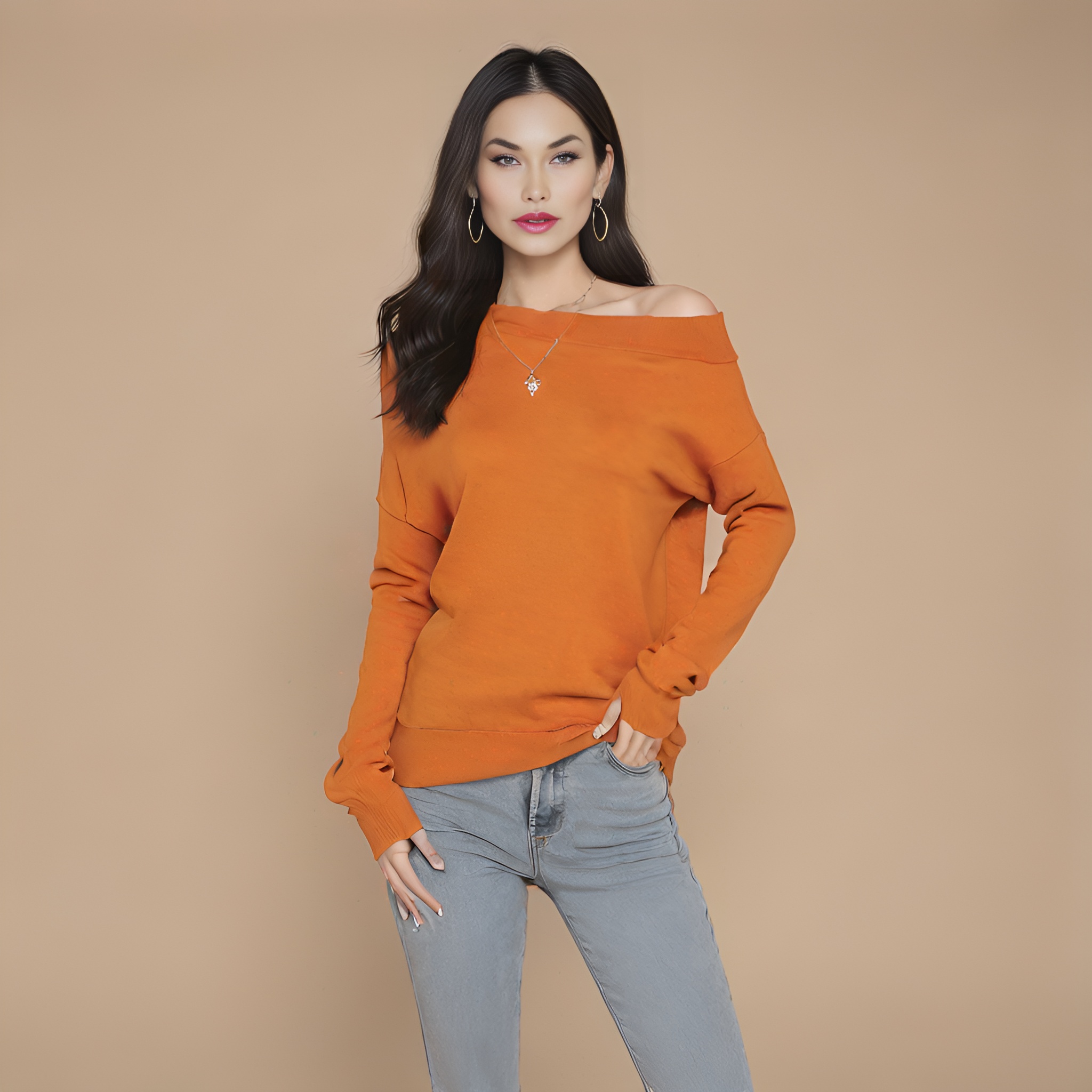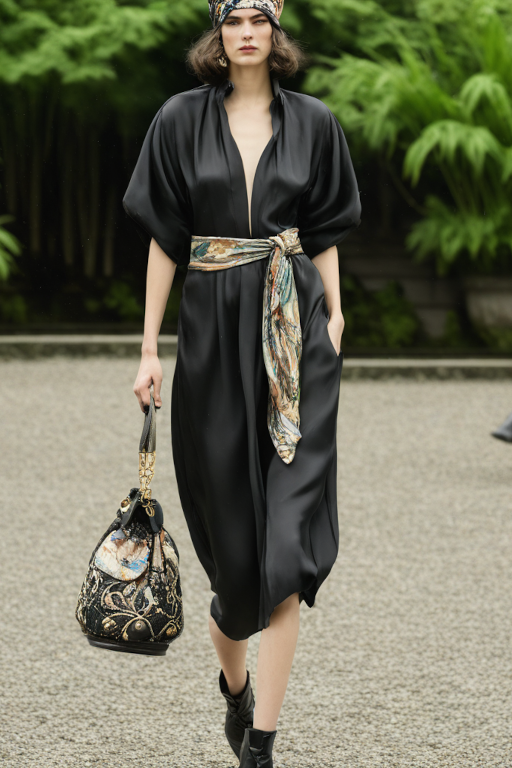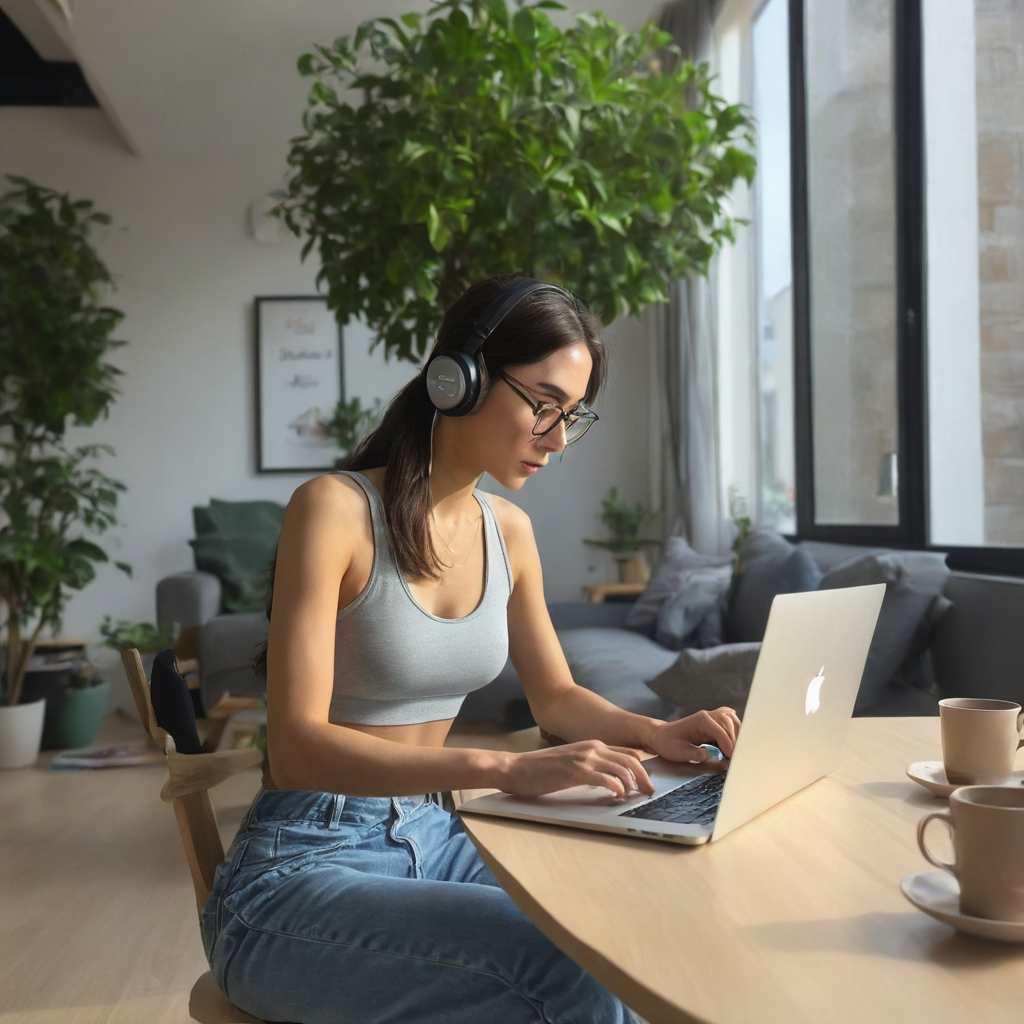Omniedgeio
Models by this creator

face-swap

1.8K
The face-swap model is a tool for face swapping, allowing you to adapt a face from one image onto another. This can be useful for creative projects, photo editing, or even visual effects. It is similar to other models like facerestoration, GFPGAN, become-image, and face-to-many, which also work with face manipulation in various ways. Model inputs and outputs The face-swap model takes two images as input - the "swap" or source image, and the "target" or base image. It then outputs a new image with the face from the swap image placed onto the target image. Inputs swap_image**: The image containing the face you want to swap target_image**: The image you want to place the new face onto Outputs A new image with the swapped face Capabilities The face-swap model can realistically place a face from one image onto another, preserving lighting, shadows, and other details for a natural-looking result. It can be used for a variety of creative projects, from photo editing to visual effects. What can I use it for? You can use the face-swap model for all sorts of creative projects. For example, you could swap your own face onto a celebrity portrait, or put a friend's face onto a character in a movie. It could also be used for practical applications like restoring old photos or creating visual effects. Things to try One interesting thing to try with the face-swap model is to experiment with different combinations of source and target images. See how the model handles faces with different expressions, lighting, or angles. You can also try pairing it with other AI models like real-esrgan for additional photo editing capabilities.
Updated 7/2/2024

fashion-design

5
The fashion-design model by DeepFashion is a powerful AI tool designed to assist with fashion design and creation. This model can be compared to similar models like fashion-ai and lookbook, which also focus on clothing and fashion-related tasks. The fashion-design model stands out with its ability to generate and manipulate fashion designs, making it a valuable resource for designers, artists, and anyone interested in the fashion industry. Model inputs and outputs The fashion-design model accepts a variety of inputs, including an image, a prompt, and various parameters to control the output. The output is an array of generated images, which can be used as inspiration or as the basis for further refinement and development. Inputs Image**: An input image for the img2img or inpaint mode. Prompt**: A text prompt describing the desired fashion design. Mask**: An input mask for the inpaint mode, where black areas will be preserved and white areas will be inpainted. Seed**: A random seed to control the output. Width and Height**: The dimensions of the output image. Refine**: The refine style to use. Scheduler**: The scheduler to use for the diffusion process. LoRA Scale**: The additive scale for LoRA (Low-Rank Adaptation), which is only applicable on trained models. Num Outputs**: The number of images to generate. Refine Steps**: The number of steps to refine the image, used for the base_image_refiner. Guidance Scale**: The scale for classifier-free guidance. Apply Watermark**: A toggle to apply a watermark to the generated images. High Noise Frac**: The fraction of noise to use for the expert_ensemble_refiner. Negative Prompt**: An optional negative prompt to guide the image generation. Prompt Strength**: The strength of the prompt when using img2img or inpaint modes. Replicate Weights**: The LoRA weights to use, which can be left blank to use the default weights. Num Inference Steps**: The number of denoising steps to perform during the diffusion process. Outputs Array of Image URIs**: The model outputs an array of generated image URIs, which can be used for further processing or display. Capabilities The fashion-design model can be used to generate and manipulate fashion designs, including clothing, accessories, and other fashion-related elements. It can be particularly useful for designers, artists, and anyone working in the fashion industry who needs to quickly generate new ideas or explore different design concepts. What can I use it for? The fashion-design model can be used for a variety of purposes, including: Generating new fashion designs and concepts Exploring different styles and aesthetics Customizing and personalizing clothing and accessories Creating mood boards and inspiration for fashion collections Collaborating with fashion designers and brands Visualizing and testing new product ideas Things to try One interesting thing to try with the fashion-design model is exploring the different refine styles and scheduler options. By adjusting these parameters, you can generate a wide range of fashion designs, from realistic to abstract and experimental. You can also experiment with different prompts and negative prompts to see how they affect the output. Another idea is to use the fashion-design model in conjunction with other AI-powered tools, such as the fashion-ai or lookbook models, to create a more comprehensive fashion design workflow. By combining the strengths of multiple models, you can unlock even more creative possibilities and streamline your design process.
Updated 7/2/2024

facerestoration

2
The facerestoration model is a tool for restoring and enhancing faces in images. It can be used to improve the quality of old photos or AI-generated faces. This model is similar to other face restoration models like GFPGAN, which is designed for old photos, and Real-ESRGAN, which offers face correction and upscaling. However, the facerestoration model has its own unique capabilities. Model inputs and outputs The facerestoration model takes an image as input and can optionally scale the image by a factor of up to 10x. It also has a "face enhance" toggle that can be used to further improve the quality of the faces in the image. Inputs Image**: The input image Scale**: The factor to scale the image by, from 0 to 10 Face Enhance**: A toggle to enable face enhancement Outputs Output**: The restored and enhanced image Capabilities The facerestoration model can improve the quality of faces in images, making them appear sharper and more detailed. It can be used to restore old photos or to enhance the faces in AI-generated images. What can I use it for? The facerestoration model can be a useful tool for various applications, such as photo restoration, creating high-quality portraits, or improving the visual fidelity of AI-generated images. For example, a photographer could use this model to restore and enhance old family photos, or a designer could use it to create more realistic-looking character portraits for a game or animation. Things to try One interesting way to use the facerestoration model is to experiment with the different scale and face enhancement settings. By adjusting these parameters, you can achieve a range of different visual effects, from subtle improvements to more dramatic transformations.
Updated 7/2/2024

fitnessme

1
The fitnessme model is an AI-powered gym goddess generator created by omniedgeio. It is similar to other AI models for image generation, such as gfpgan, upscaler, real-esrgan, playground-v2.5-1024px-aesthetic, and instant-id-photorealistic. Model inputs and outputs The fitnessme model takes in a variety of inputs, including an image, a prompt, a seed, and various settings for the image generation process. The output is an array of generated images. Inputs Prompt**: The text prompt that describes the desired image Image**: An input image to be used for image-to-image generation or inpainting Mask**: A mask for the input image, used for inpainting Seed**: A random seed to ensure reproducibility Width/Height**: The desired dimensions of the output image Num Outputs**: The number of images to generate Guidance Scale**: The scale for classifier-free guidance Num Inference Steps**: The number of denoising steps Outputs Output Images**: An array of generated image URLs Capabilities The fitnessme model is capable of generating photorealistic images of gym goddesses based on a text prompt. It can be used to create visually stunning and highly detailed images of muscular female figures in various fitness-related poses and settings. What can I use it for? The fitnessme model could be useful for a variety of applications, such as creating images for fitness-related content, social media, or marketing. It could also be used to generate stock images or custom illustrations for fitness-focused businesses or individuals. Things to try Some interesting things to try with the fitnessme model include experimenting with different prompts to generate a variety of gym goddess styles, exploring the effect of the guidance scale and number of inference steps on the output, and using the model in combination with other image editing or upscaling tools to further enhance the generated images.
Updated 7/2/2024